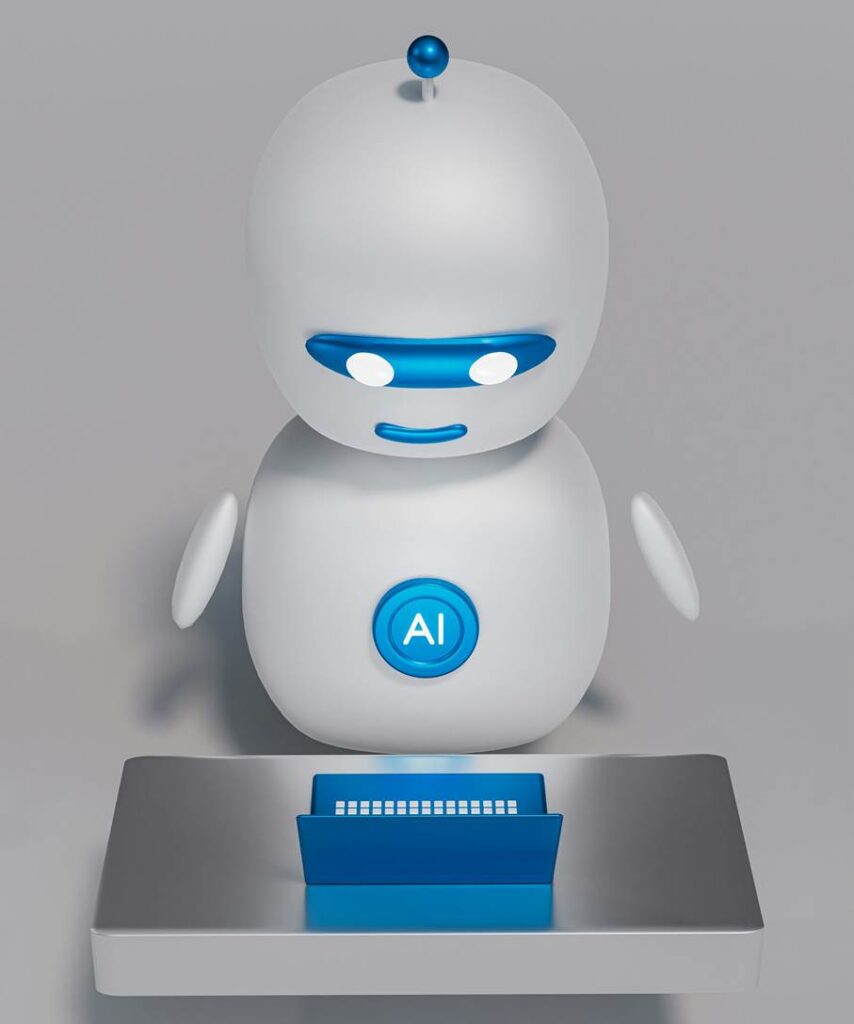
Introduction
Artificial intelligence (AI) as started to transform various sectors, including education. Schools worldwide are increasingly utilizing AI tools to enhance teaching and learning processes. While the integration of AI brings several advantages, it also raises concerns that vary significantly across different countries.This article explores the potential benefits of AI in school education. It also highlights the challenges it faces and strategies to overcome these hurdles.
Promises of AI in Education
Personalized Learning: One of the most significant advantages of AI in education is its ability to facilitate personalized learning experiences. Traditional educational models often adopt a one-size-fits-all approach. They fail to cater to the diverse learning styles and paces of individual students. AI can analyze data on student performance, preferences, and engagement levels. It tailors educational content and resources. This process enhances learning outcomes. Generative AI tools can provide one-on-one tutoring. This is similar to personalized tutoring techniques (Bloom, 1984).
Enhanced Accessibility: AI technologies can also help bridge educational gaps in low-income countries by providing access to high-quality learning materials. In settings where trained educators and resources are scarce, AI-powered platforms can deliver interactive content, quizzes, and assessments. These allow students to learn independently (Luckin et al., 2016). This is particularly vital in regions where teacher shortages and infrastructural challenges limit educational opportunities. Moreover, AI can assist teachers by automating administrative tasks, allowing them to focus more on instruction and student interaction.
Scalability: AI solutions can be scaled rapidly and cost-effectively compared to traditional educational programs. As demonstrated in the study “From Chalkboards to Chatbots in Nigeria,” leveraging free or low-cost AI tools can significantly enhance educational experiences without requiring extensive financial investments (De Simone et al., 2024). This scalability makes AI a possible choice for countries grappling with limited budgets for educational reform.
Challenges and Concerns
Despite the potential benefits, the adoption of AI in school education faces several significant challenges:
Data Privacy and Ethical Considerations: The use of AI in education raises important ethical questions, particularly concerning data privacy. The collection and analysis of student data could lead to privacy violations (Binns, 2018). Upholding ethical standards in AI deployment is crucial. This helps gain the trust of educators, students, and parents.
Teacher Readiness and Training: AI can be effective in the classroom when teachers are well-trained. They must know how to integrate these technologies into their teaching practices. Many educators especially in low-income countries lack the necessary skills and training to utilize AI tools effectively. Moreover, there can be apprehension or resistance among teachers who fear that AI may replace their roles rather than enhance them (Zawacki-Richter et al., 2019).
Infrastructure Limitations: Access to reliable electricity and the internet is a foundational requirement for implementing AI technologies. Many schools in low-income countries struggle with frequent power outages and limited connectivity, which can disrupt learning and hinder the effectiveness of AI tools (Aker & Mbiti, 2010). Without a robust infrastructure, the potential of AI remains unrealized.
Cost of Implementation: Many AI tools are available for free or at a low cost. However, implementing AI in education may require significant investment. Costs include technology infrastructure, training, and ongoing support. Governments in low-income countries may struggle to allocate necessary resources. Educational institutions there face challenges as well (Bennell & Akyeampong, 2007).
Cultural and Linguistic Barriers: AI tools are often developed with specific cultural and linguistic contexts in mind. These contexts may not align with the diverse backgrounds of students in Africa. This can lead to challenges in engagement and understanding, particularly in regions with a multitude of languages and dialects. Tailoring AI content to reflect local contexts and languages is crucial for effective implementation.
Conclusion
AI holds immense potential to transform school education. It can offer personalized learning experiences, increase accessibility, and allow scalability. Yet, realizing this potential requires concerted efforts to tackle the barriers that hinder adoption. Countries can foster a future where AI enhances educational opportunities for all students. They can do this by investing in infrastructure, training teachers, and localizing content. They should also foster partnerships and set ethical guidelines, ensuring all students gain regardless of their circumstances. The journey may be challenging, but the rewards of equitable and effective education are well worth the effort.
References
- Aker, J. C., & Mbiti, I. M. (2010). Mobile Phones and Economic Development in Africa. Journal of Economic Perspectives, 24(3), 207-232.
- Bennell, P., & Akyeampong, K. (2007). Teacher Motivation in Sub-Saharan Africa and South Asia. Department for International Development.
- Binns, R. (2018). Fairness in Machine Learning: Lessons from Political Philosophy. In Proceedings of the 2018 Conference on Fairness, Accountability, and Transparency (pp. 149-159).
- Bloom, B. S. (1984). The 2 Sigma Problem: The Search for Methods of Group Instruction as Effective as One-on-One Tutoring. Educational Psychologist, 19(3), 208-212.
- De Simone, M. E., Barron, M., Mosuro, W., Dikoru, E., & Manolio, F. (2024). From Chalkboards to Chatbots in Nigeria: 7 Lessons to Pioneer Generative AI for Education. World Bank Blog.
- Luckin, R., Holmes, W., Griffiths, M., & Forcier, L. B. (2016). Intelligence Unleashed: An Argument for AI in Education. Pearson Education.
- Zawacki-Richter, O., Marín, V. I., Bond, M., & Gouverneur, F. (2019). Systematic Review of Research on Artificial Intelligence Applications in Higher Education – Where are the Educators. International Journal of Educational Technology in Higher Education, 16(1), 39.